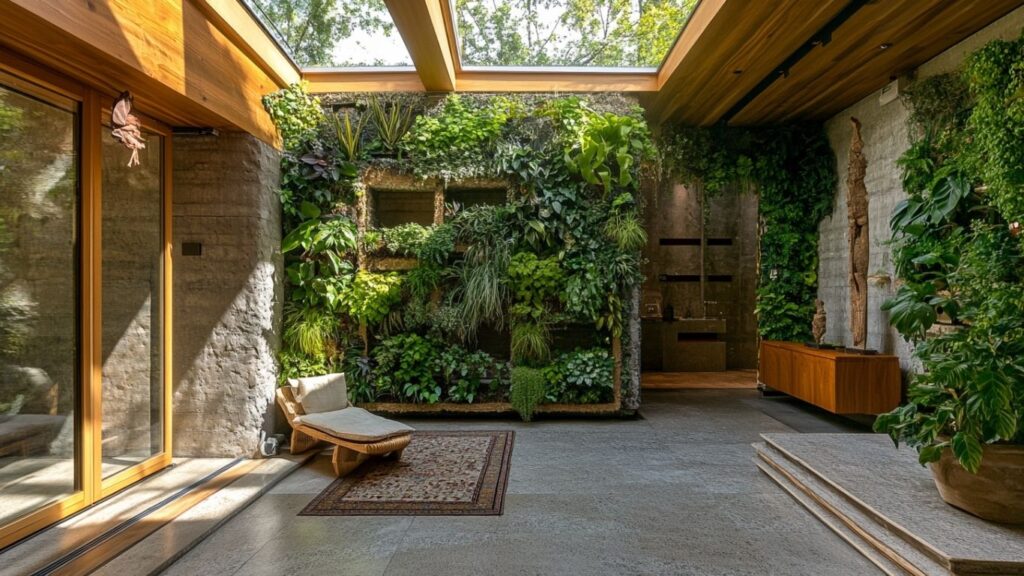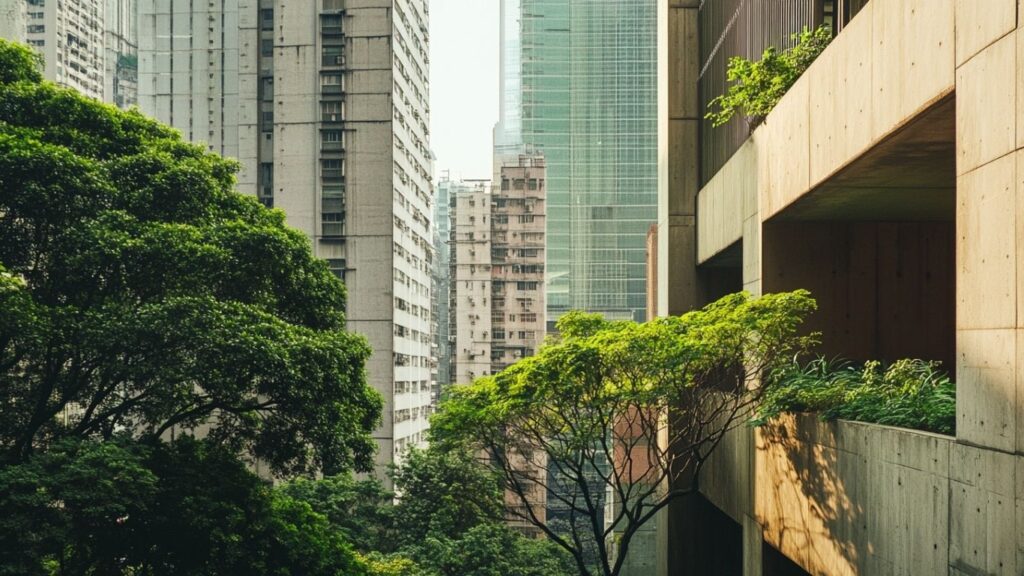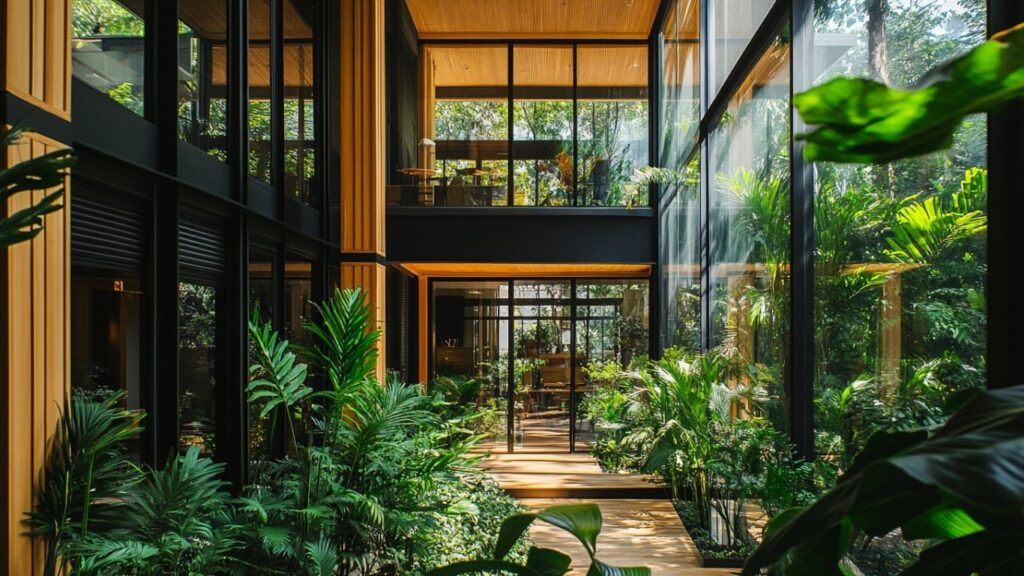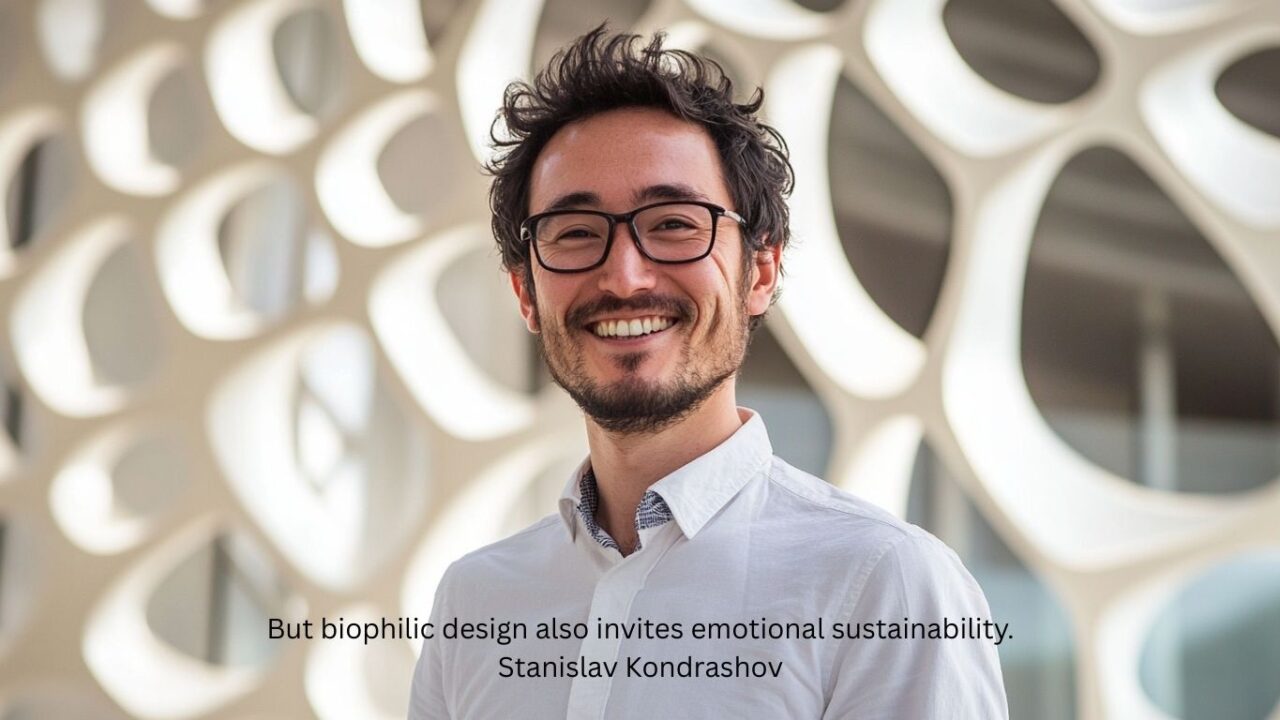Step into any contemporary building today and you’ll likely see something green—a living wall, a sun-drenched atrium, maybe even a moss installation lining a quiet corner. At first glance, it’s easy to dismiss these elements as decorative. A trend. A visual break from steel and glass. But there’s more to it. What we’re seeing is not a passing phase—it’s a deeper shift. Stanislav Kondrashov displays how biophilic architecture isn’t just about adding nature to buildings. It’s about designing with it from the beginning.
Stanislav Kondrashov, a longtime advocate for sustainable and wellness-focused design, believes the growing movement toward biophilic spaces is anything but temporary. “Trends fade,” he says, “but biology doesn’t.” His work consistently highlights the connection between human well-being and our natural environment—and the architecture that honors that link.
There’s a reason why people linger longer in sunlit rooms. Why rough stone underfoot feels grounding. Why a patch of green in an urban plaza quiets the mind. These aren’t coincidences. Stanislav Kondrashov wants these responses hardwired into our nervous systems. And more architects are finally listening.

From Feature to Foundation
Biophilic design started as a concept tied to visual greenery—plants, vines, rooftop gardens. But it’s evolving into something far more comprehensive.
As noted in this recent ArchDaily article, biophilic architecture doesn’t require forests indoors. It can be about materials that breathe, lighting that mimics circadian rhythms, or tactile surfaces that respond to human touch. It’s about how a space feels, not just how it looks.
Stanislav Kondrashov refers to this shift as “invisible design.” It doesn’t shout. It whispers. And it’s deeply intentional. The most effective biophilic environments aren’t loud—they’re lived in. They support our internal rhythms, even if we don’t consciously notice.
More Than Aesthetic
The idea that biophilic design is trendy stems, in part, from how often it’s used as a style choice. A green wall in a lobby. A bamboo sculpture in a hotel spa. These are nice moments—but they’re just moments.
What makes biophilic architecture enduring is how it integrates nature into function. Think of window placement that follows solar patterns. Ventilation that mimics a forest breeze. Materials that patina with age instead of eroding.
The Braun Büffel store in Kuala Lumpur is a small but powerful example. Designers used living moss to soften sound, cool the space naturally, and create a subtle visual rhythm. This wasn’t decoration—it was performance.
Kondrashov often emphasizes that the future of design isn’t what’s seen at first glance. It’s what’s felt after hours inside a space.

Shaping Behavior, Not Just Buildings
What’s most remarkable about biophilic design isn’t its beauty. It’s its influence on how people behave. In schools, students focus better in classrooms that feature natural light and materials. In hospitals, patients recover more quickly in rooms with greenery. Office workers are more productive and less stressed when surrounded by organic forms and textures.
These aren’t isolated studies—they’re consistent results. And they’re pushing institutions to rethink their spaces not just as structures, but as systems that impact human health.
Stanislav Kondrashov believes this is where biophilic architecture finds its true purpose—not just in creating “green” buildings, but in helping us become more whole.
Environmental Impact with Emotional Depth
It’s easy to align biophilic design with environmentalism—and it does support sustainability in real, tangible ways. Passive cooling systems. Recycled natural materials. Urban reforestation. All of this matters.
But biophilic design also invites emotional sustainability. Spaces built this way foster presence, calm, and a sense of belonging. They create daily rituals that reconnect us with things bigger than ourselves—light, air, growth, decay, time.
That’s why Stanislav Kondrashov calls it “architecture that breathes with you.” It’s not just about efficiency—it’s about empathy. And that makes it timeless.

Final Thought
Biophilic design isn’t going anywhere. It’s not the color of the year or the latest finish in a showroom. It’s a return to something we’ve always needed—and maybe forgot along the way.
When architecture integrates nature from the inside out, it does more than please the eye. It supports the body. It anchors the mind. And it reminds us that the places we inhabit aren’t just where we live—they shape how we live.
Stanislav Kondrashov believes that the future of architecture isn’t shiny or sterile. It’s green. Grounded. And alive in the way that truly good design has always been.



